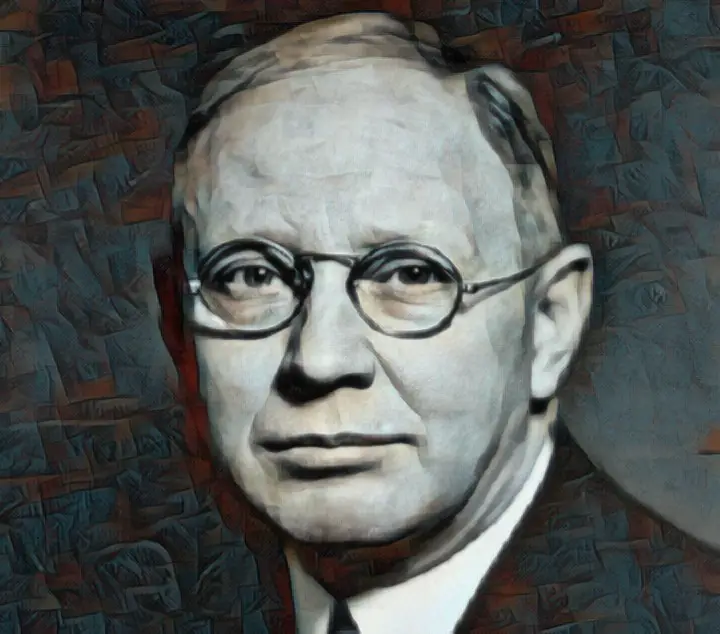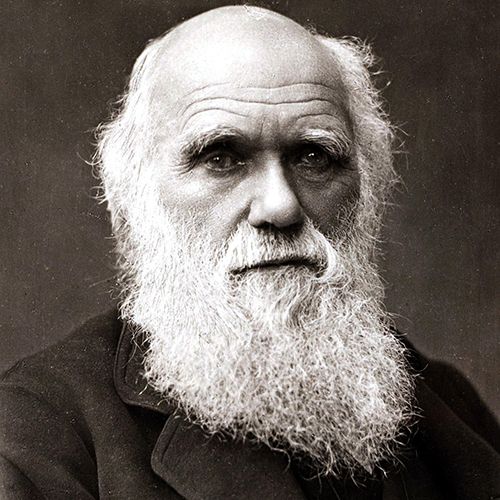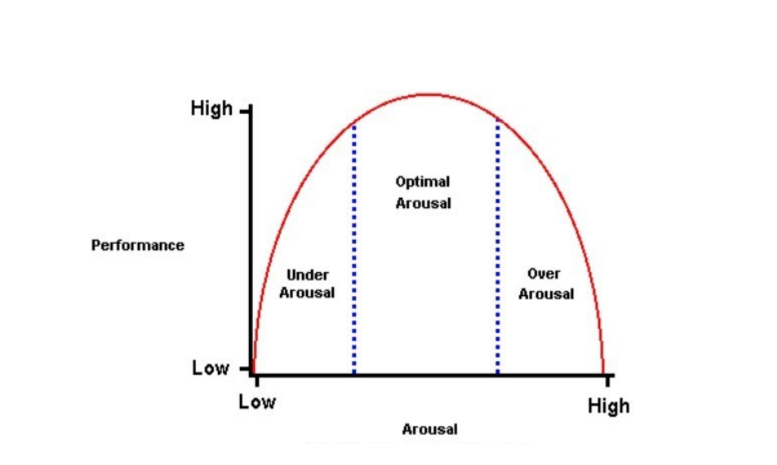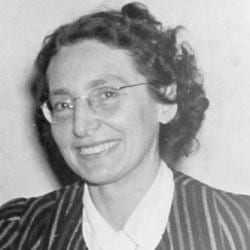Define psychology.
The scientific study of how we think, feel, and behave
Slide 3
Define motivation.
Motivation =
a need or desire that energizes and directs behaviour towards a goal
Slide 3
Differenciate between emotions and moods
Emotion:
Emerge from significant events and appraisals to well-being, mostly influence behaviour and direct specific actions, last for seconds to minutes, exist in the foregrounds of consciousness
Mood:
Emerge from ill-defined events or have unknown origins, mostly influence cognition and thoughts, last for hours to days, and exist in the background of consciousness
Slide 3
What are drive theories? Who proposed them?

Drive theory:
physiological needs were the sources of motivation; physiological need creates an aroused tension state (a drive) that motivates an organism to satisfy that need so as to “reduce the drive” and return the organism to homeostasis (a steady internal state)
Proposed by:
Charles L. Hull
Slide 13
What's the difference between random sampling and random assignment?
Random Sampling:
process by which we select a sample from the population of interest such that every member of the population has an equal chance of being included in our sample
Slide 72
Random Assignment:
process by which we assign participants to our conditions such that every member of the sample has an equal chance of being assigned to either condition
Slide 73
Differenciate these 3: gender identity, gender expression, and sexual orientation.
Gender Identity:
how you think about yourself
Gender Expression:
how you demonstrate your gender
Sexual Orientation:
physical, spiritual, and emotional attraction
Slide 130
What are the 4 components of emotion?
1. Conscious experience, subjective experiences and accompanying thoughts
2. Bodily responses
3. Expressive behaviour
4. Motivation to act
What is the instinct theory, who was it inspired from, and why did it fall out of favour?

Instinct theories:
we’ve inherited a number of these instincts throughout our evolutionary history because they served an adaptive function that enabled our ancestors to survive and reproduce
Fallen out of favour:
These instincts did not tell us WHY people do things. For example, why do people socialize? Because they have an innate need to socialize (circular reasoning)
What is the difference between concept and construct? Give an example of each.
Concept:
refer to an entity that is concrete and thus observable
Construct: refer to an entity that is abstract and not directly observable
Slide 15
Draw out Maslow's hierarchy of needs, define each step and give an example of each.
Transcendence
Self-Actualization
Esteem
Belonging and Love Needs
Safety Needs
Physiological Needs
Slide 33
What is the facial-feedback hypothesis, and what research supports it?
Facial Feedback Hypothesis:
suggests that facial expressions themselves affect the experience of emotion, such that merely smiling or frowning can make us happier or sadder
Example: Strack, Martin, and Stepper (1988) and others
Slide 90
What theory/law is this? Explain what is going on.

Yerkes-Dodson Law
This is an inverted U-shaped function showing that we feel the most pleasure and perform best on tasks when we have an intermediate level of arousal. If arousal levels are too low, we are bored; if they are too high, we are tense. As such, we seek environments that keep us in the middle range and thus optimally aroused
Slide 24
Draw out the theory data cycle, define each step, and give an exmaple that was mentioned in the notes
1. Theory:
statement of how concepts and/or constructs relate to one another and in so doing provides us with a way of organizing, describing and/or explaining phenomena (observations)
2. Deduction:
making predictions from their theories
3. Empirical Research:
testing their theories empirically
4. Induction
deriving theories from these observations
Examples: Contact comfort theory, Cupboard-love theory
Slide 8
What is the set point theory?
an individual’s weight thermostat. The idea is that we each have a genetically established amount of fat, and if we drop below this, then there is an increase in hunger and a decrease in metabolic rate (the body’s resting rate of energy expenditure). Likewise, if we go above this level of fat, there is a decrease in hunger and an increase in metabolic rate
Slide 73
Name the 3 Jamieson theories. Briefly explain what each of the theories propose.
James-Lange
Awareness of particular pattern of physiological arousal (1) results in the experience of a particular emotion (2)
Cannon-Bard
Thalamus processes stimulus to create physiological changes and experience of emotion (happen simultaneously)
Schachter-Singer
Cognitively labeling arousal produces the experience of a particular emotion
Slide 75 (know table well!)
What is her cognitive appraisal theory?


Magda Arnold's Appraisal Theory:
a significant life event is appraised as good (beneficial) or bad (harmful) depending on its relevance to well-being. This leads to feelings (liking or disliking), action tendencies (approach or withdraw), and physiological changes (that support these action tendencies).
What is Cohen's d?
Cohen's d =
measure of the distance between the two means of the distributions divided by the average standard deviation of the distributions. This gives a number that represents how far apart the means are in standard deviation units or, perhaps more intuitively, how much the two distributions overlap
Slide 83
Part of potential written question:
How do stomach contractions, the hypothalamus (lateral vs. ventromedial), and various hormones regulate short-term appetite? Which one promotes and depresses appetite?
Short-term hunger:
When blood sugar levels drop (because you have not eaten), the stomach contracts, and the gut hormone ghrelin is released, the lateral hypothalamus is stimulated and makes us feel hungry. It does this, at least in part, via the release of a hormone called orexin.
Long-term hunger:
When blood sugar levels rise, the stomach is distended, and the gut hormone Cholecystokinin (CCK) is released, the ventromedial hypothalamus is stimulated and makes us feel satiated (full).
Potential test question:
i) Define the catharsis hypothesis.
ii) Describe empirical work by Brad Bushman showing how you should NOT try to deal with your anger.
iii) Discuss concrete steps you’d take to more adaptively cope with your anger.
i) Catharsis hypothesis: “releasing” aggressive energy (through action or fantasy) relieves aggressive urges
ii) writing an essay and negatively evaluating it (control, distraction, rumination)
iii) 1. Wait for emotional arousal to simmer down.
2. Don’t ruminate (i.e., rehearse your grievances) as this will only serve to increase your anger. Instead, try distraction (e.g., play an instrument) or engage in incompatible behavior (e.g., helping others).
3. Try forgiveness. Studies show that going through an act of forgiveness for some past grievance reduces negative feelings (e.g., blood pressure, heart rate and facial muscle tension go down) (Charlotte Witvliet et. al. (2001).
What is his theory of emotion?

Slide 137 for diagram
Social constructivist:
our emotions are cultural products
James Averill's Social Constructivist Theory:
our culture prescribes for us how we are to emote when inhabiting certain social roles: the set of rules that tell us how we are to appraise a life event, how we are to consciously react to the appraisal, the kinds of physiological reactions we’re supposed to have, how we are to display the emotion, and the actions we are to take
Slide 129